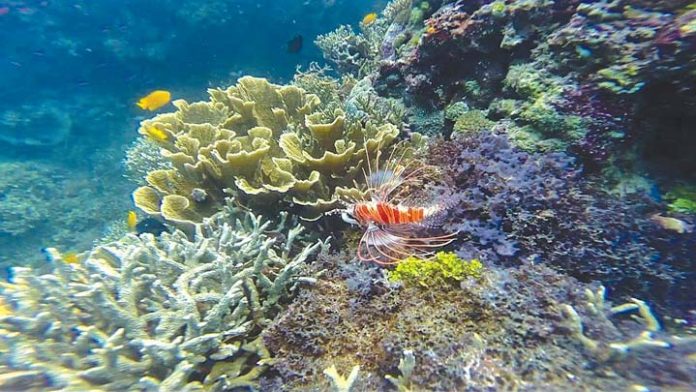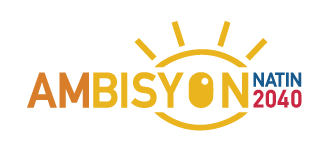Lorenz S. Marasigan (BusinessMirror)

THE Philippine Merchant Marine Rules and Regulations (PMMRR) of 1997, is now outdated, given that two decades have passed since it was first promulgated, and that new international rules are now in place.
Over the past few years the Maritime Industry Authority (Marina) tried to overhaul the antiquated rules and regulations but has since failed due to various reasons, including lack of resources.
For this administration, however, Marina is raising its sails, and has revved up its motors to jump-start the actual updating of the 1997 rule to make the Philippine ship registry more attractive to foreign and local investors.
While it has created a task force of eight technical working groups to review and revise the two-decade-old rule book, the Marina has also sought the views of the maritime stakeholders. In August last year it invited groups to join any of the technical working groups, namely, ship building, repair, or conversion; ship safety and occupational safety (health or environment); manpower development; domestic shipping; overseas shipping; fishing vessels; pleasure craft or special vessels for tourism; and offshore vessels.
Marina officials have repeatedly said that updating the said set of rules and regulations have been “long overdue”, hence, the urgency of the matter.
Updating the decades-old rules is just a portion of the 10-year Maritime Industry Development Roadmap, which is aligned to the 2017- 2022 Philippine Development Plan, the Ambisyon Natin 2040, and the country’s commitments under various international conventions, agreements and protocols.
“The road map, which implements a mandate that has been long overdue, intends to provide an overarching framework to further develop and enhance the competitiveness of the country’s maritime industry,” the transportation department said in an e-mail.
The last time that the Philippines had such a road map for the maritime industry was in the 1980s.
“We want to be able to produce doable and sustainable programs coming from all stakeholders in the industry to be able to produce highly qualified seafarers. We also want to create a robust shipbuilding industry, a dynamic shipping hub and sustainable fishing sector to make the Philippines a major maritime country not just in Asia but the world,” Marina Administrator Marcial Q. Amaro said.
The maritime blue print seeks to strengthen Marina’s powers to accelerate and expand domestic shipping, modernize seaworthy ships, improve the ship repairing sector, revise and update memos to national laws and promote the Philippines as a haven for maritime services.
Aside from the safety regulations that Marina has put and will put in place, the Philippine Coast Guard has also intensified its safety measures to ensure that seafaring in the Philippines is on a par with its neighbors.
